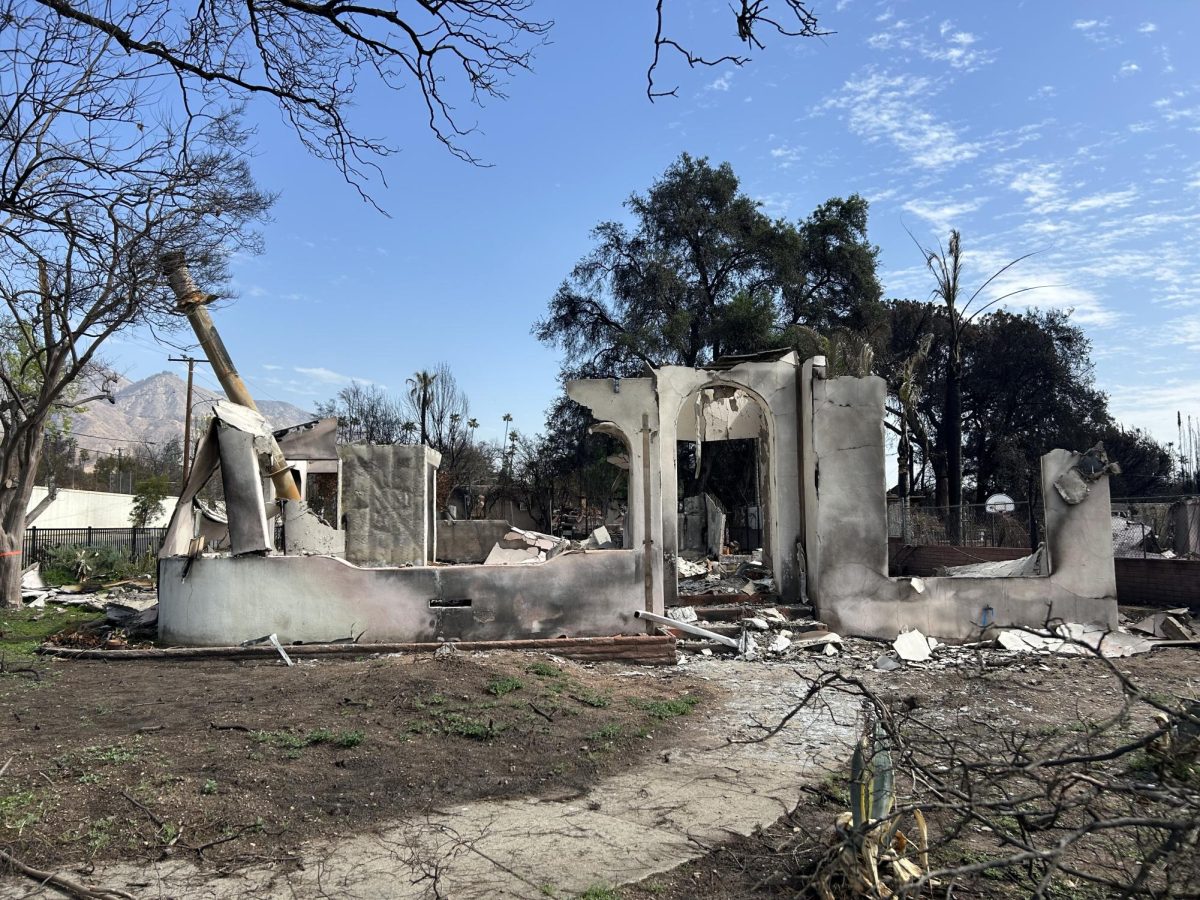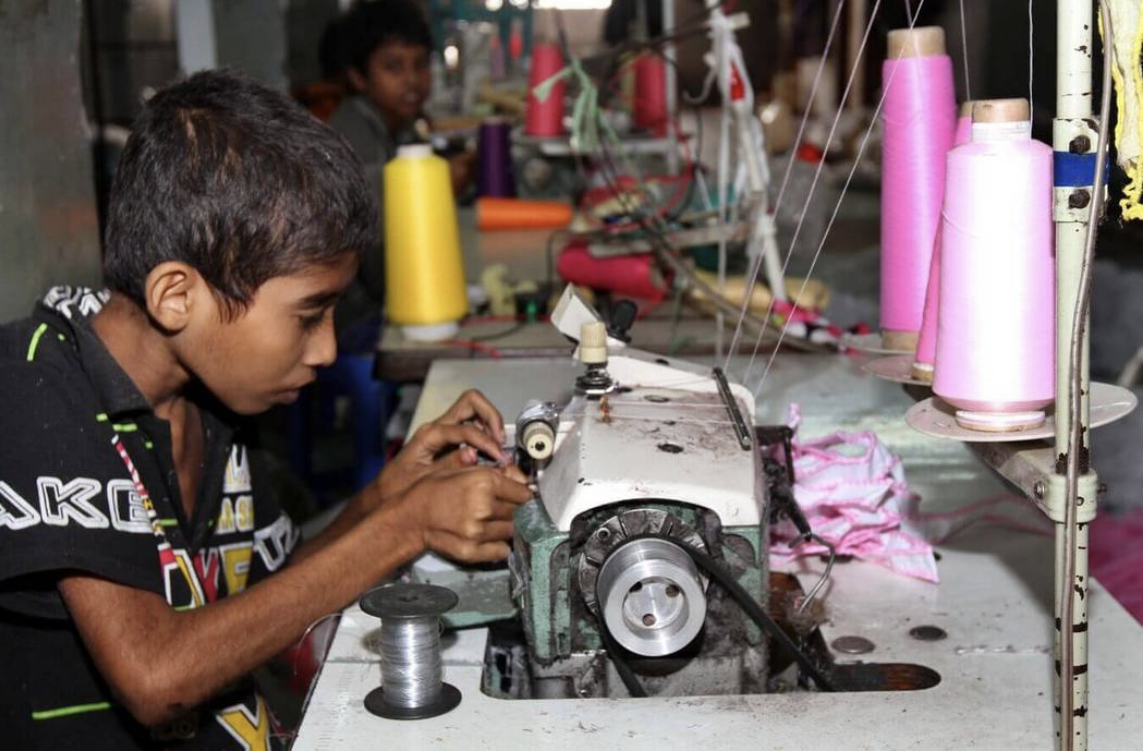Fast fashion should change, in a positive way
Fast fashion or affordable clothes that are produced in mass has always been a staple in the fashion and consumption world. In today’s consumer-driven society, fast fashion is everywhere, offering trendy and affordable clothing at the click of a button or the swipe of a card. While it has revolutionized the way we approach fashion, its impact on the environment, labor rights, and society at large cannot be ignored.
Fast fashion became possible due to the invention of the sewing machine in the 1800s and then gained momentum in the 1990s with the rise of retailers like Zara, H&M, and Forever 21. These brands adopted a business model focused on producing large volumes of trendy clothing at affordable prices, with quick turnaround times from design to store shelves. Fast fashion brands monitor trends from runways, street styles, and social media platforms. They quickly replicate these trends and produce affordable versions of designer clothing, allowing consumers to stay fashionable without spending a hefty amount of money. These businesses prioritize speed and efficiency in their supply chains to capitalize on consumer demand for the latest trends. They use cheap labor, often outsourced to developing countries with lower wages and less tight labor regulations, to keep production costs low.
Some of the popular brands in the fast fashion industry are Zara, H&M, Fashion Nova, Boohoo, and Shein. These companies have faced scrutiny and controversy regarding their ethics and practices in recent years. What these brands have in common are allegations of labor rights violations, poor working conditions, and contributing to mass pollution and waste in the fashion industry.
Some of the dangerous working conditions of this industry were exposed in 2013 when a garment warehouse collapsed in Bangladesh killing 1,134 workers and injuring 2,500 more. In yet another scandal, Quartz investigated H&M’s and accused the fast fashion brand of “greenwashing,” making false or misleading claims about their sustainability efforts, particularly through the use (or misuse) of the Higg Index, which is H&M’s sustainability certification system.
However, among the challenges, there lies an opportunity for positive change within the fast fashion industry. Even though there is a near-endless list of negatives, we cannot deny fast fashion’s economic impact. The constant introduction of new products encourages customers to frequent stores more often, which means more purchases. The fast fashion market’s expected growth rate through 2026 is 7.7%, and the expected market size by 2026 is $133.43 Billion. The global fast fashion market grew from $91.23 billion in 2021 to $99.23 billion in 2022 at a compound annual growth rate (CAGR) of 8.8%. Also, these companies provide a large number of jobs for developing countries.
Then how can the fast fashion industry change in a positive way? The use of sustainable materials is the first thing to be considered by fast fashion companies. They must prioritize the use of organic, recycled, or innovative sustainable materials. This could reduce their dependence on labor-consuming fabrics.
Ethical labor practices must be the crucial element of fast fashion’s transformation. The garment industry is notorious for its exploitation of workers, specifically in developing countries where labor is cheap and there are fewer restrictions on the labor law. Brands must make sure that fair wages and safe working conditions are applied. By investing in their workers’ well-being, fast fashion companies can promote a more fair and responsible industry.
Furthermore, to increase trust and responsibility within the fast fashion industry, the industry needs to increase transparency and the process of making information available so the consumer can understand how fibers and materials were sourced, processed, and produced through the supply chain. By providing clear information about their supply chains, sources, and sustainability efforts, brands can build credibility towards their consumers.
The fast fashion industry is standing at a crossroads, facing both challenges and opportunities for positive change. By prioritizing all the aspects mentioned above, fast fashion can evolve into a force for good, contributing to a more sustainable, fair, and socially conscious future.





















![“We are all dreaming about finally finishing [high school],” says Malwina, a 12th grader.](https://internationalchangemaker.org/wp-content/uploads/2025/04/Dark-Green-Modern-Graduation-Presentation-1200x674.jpg)










